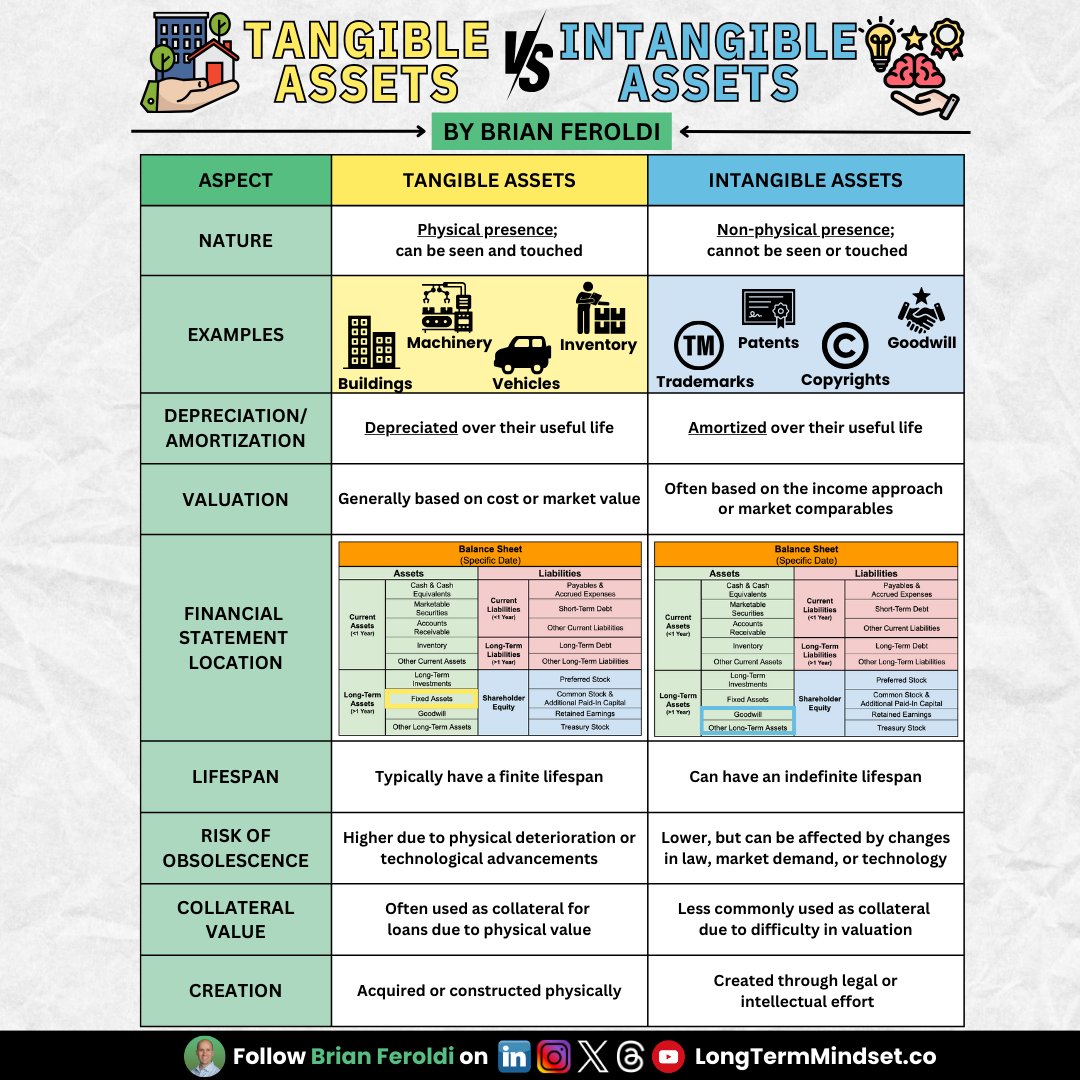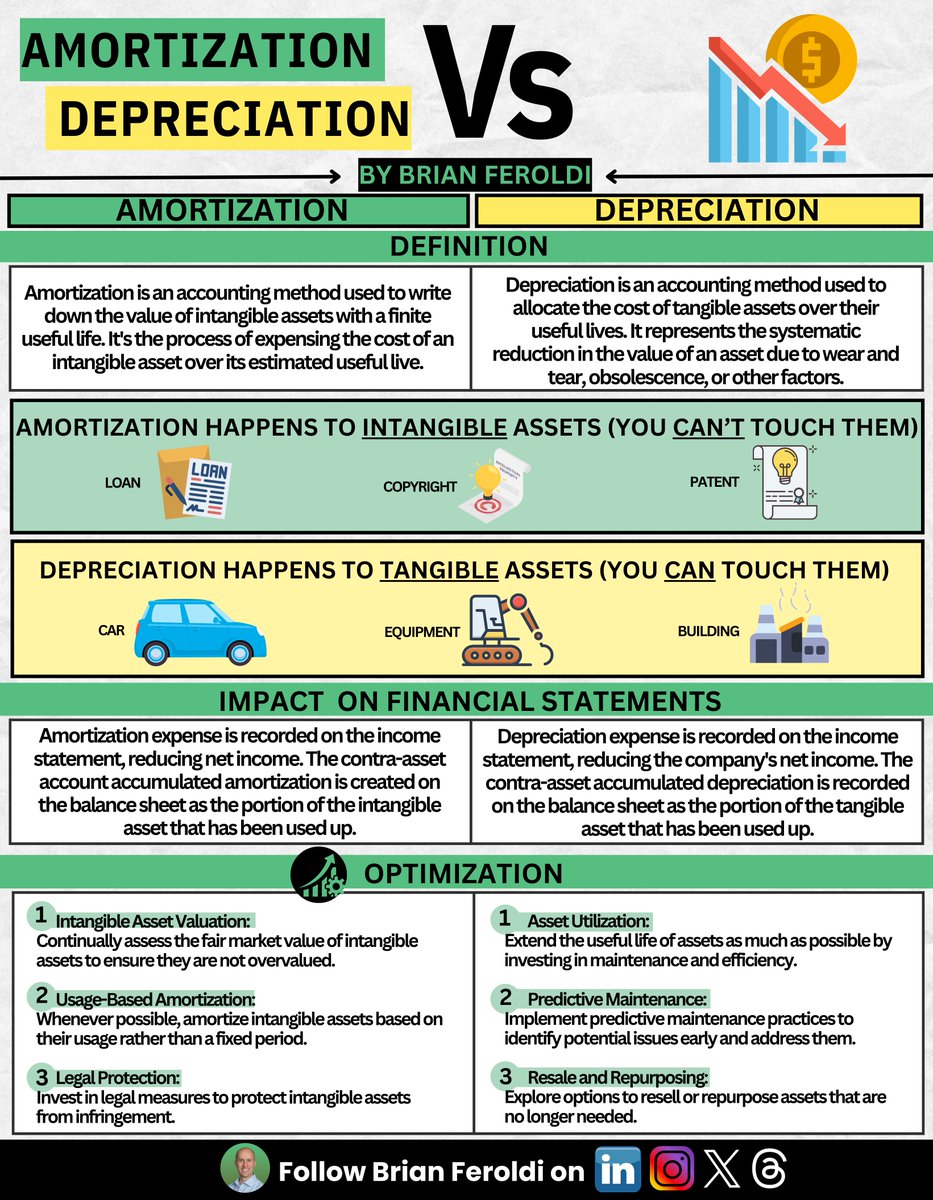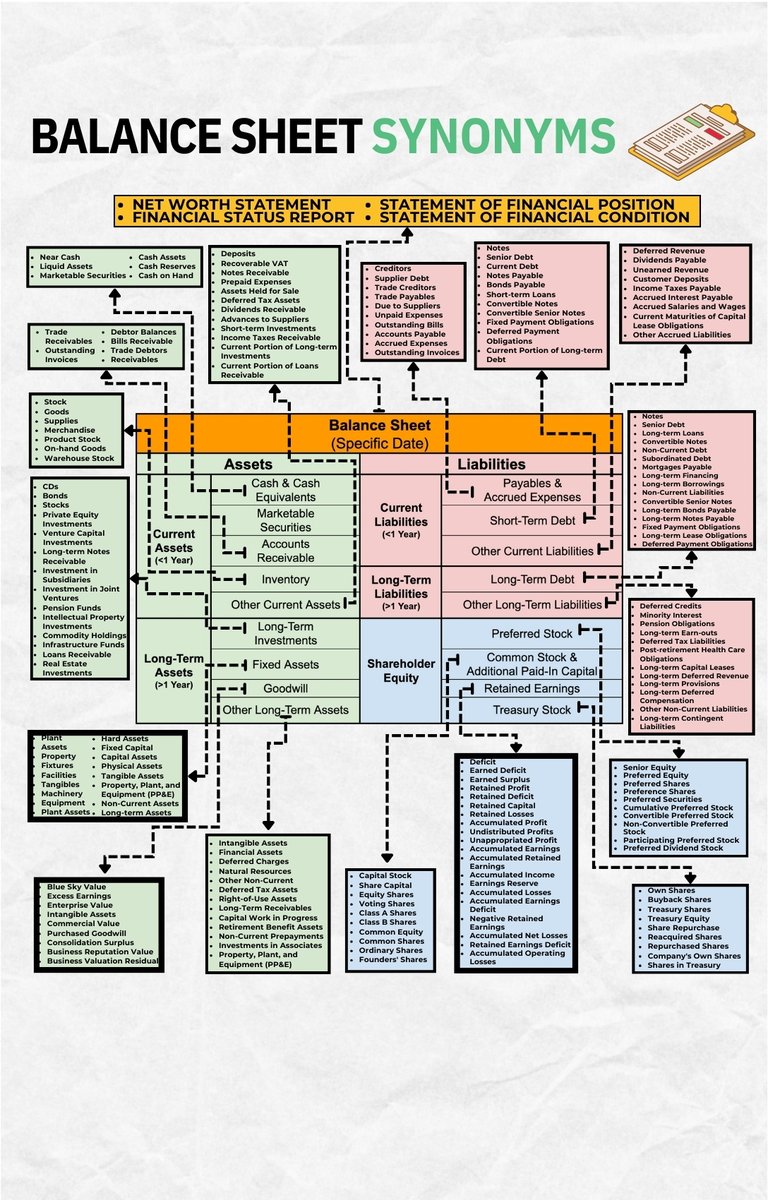5 mental models all stock pickers should know by heart:
Enjoy these images?
Follow me @BrianFeroldi
Join 21,000 others are get one by email every Wednesday for free
getrevue.co/profile/brianf…
Follow me @BrianFeroldi
Join 21,000 others are get one by email every Wednesday for free
getrevue.co/profile/brianf…
• • •
Missing some Tweet in this thread? You can try to
force a refresh

























